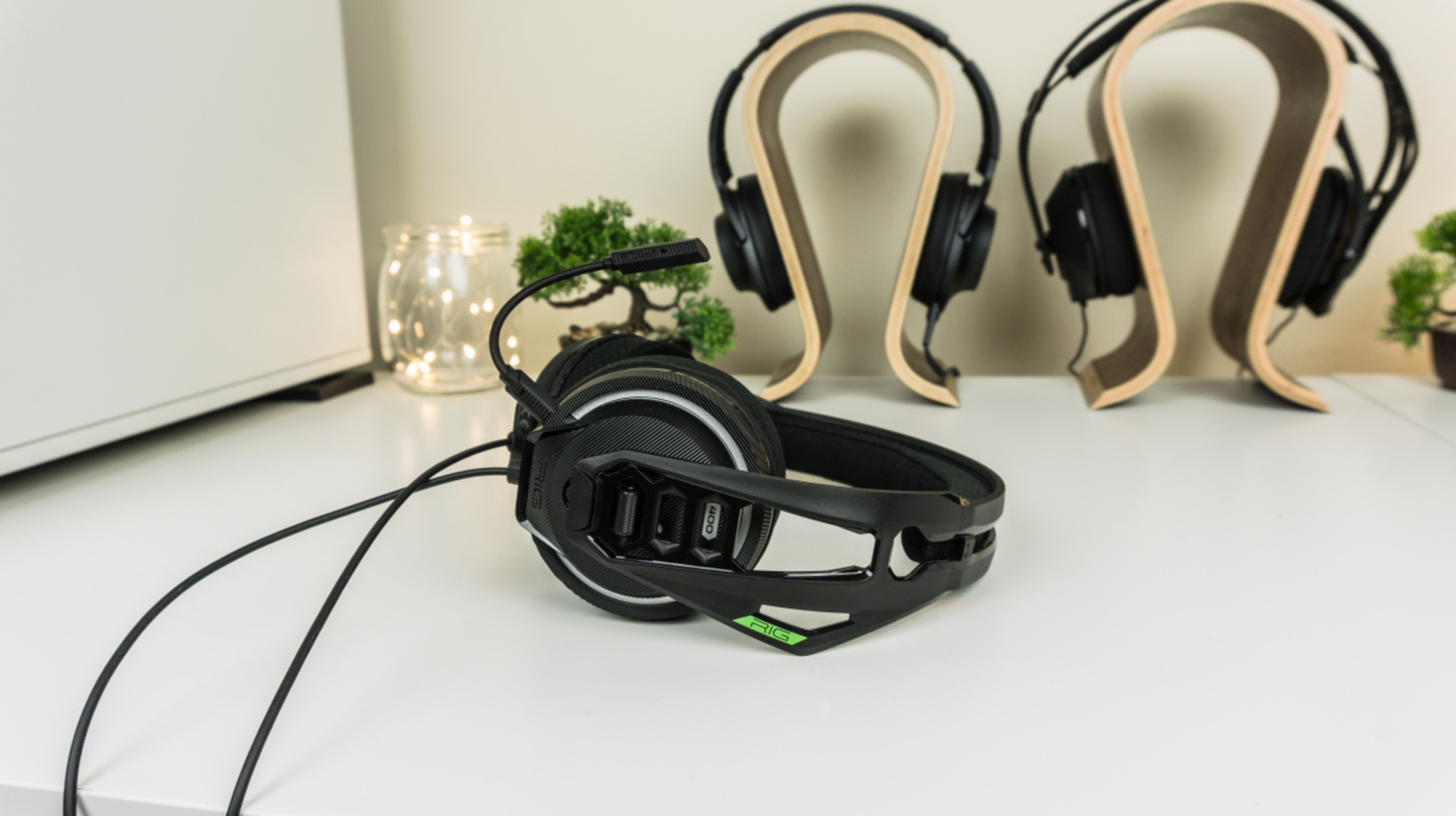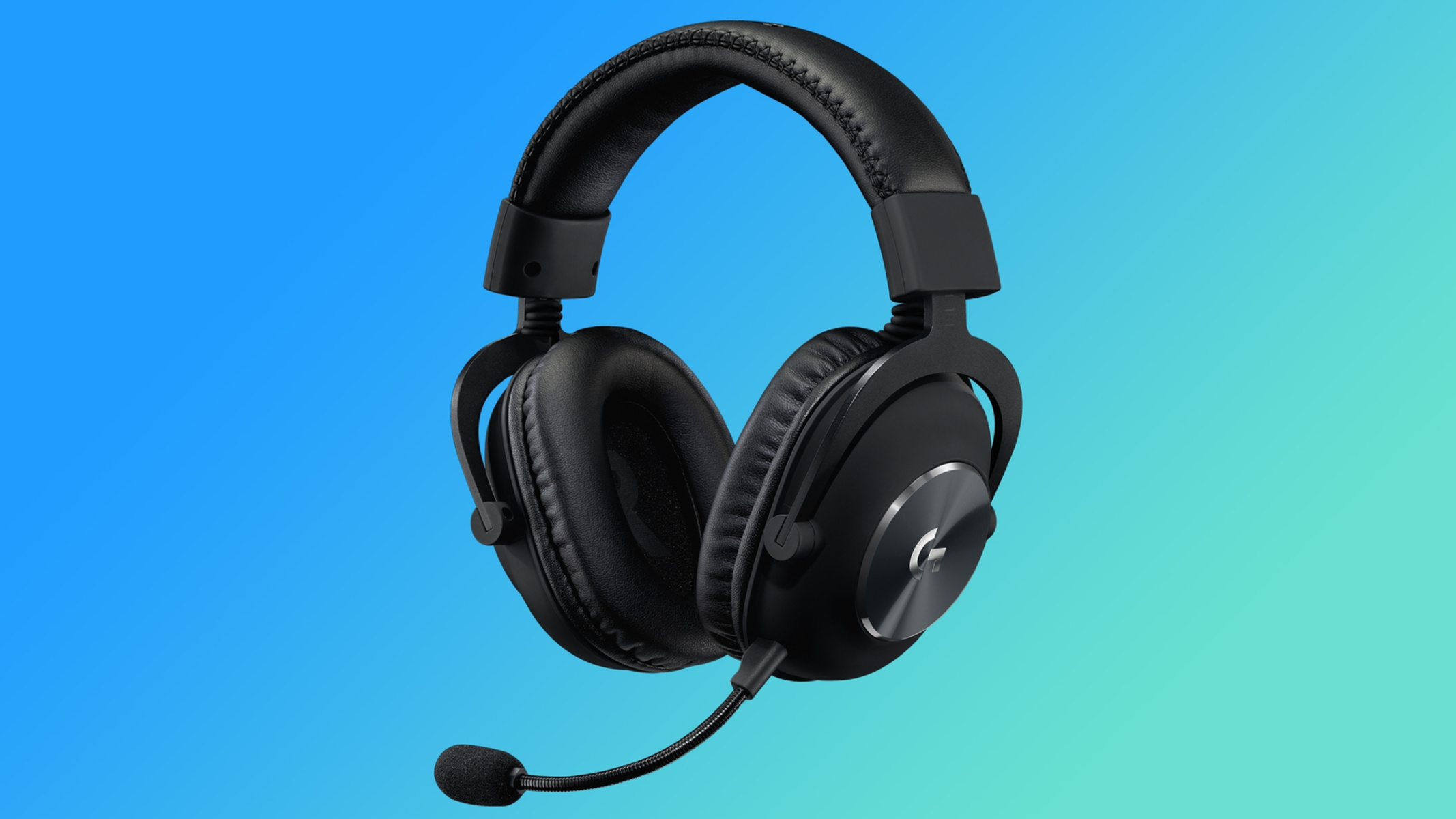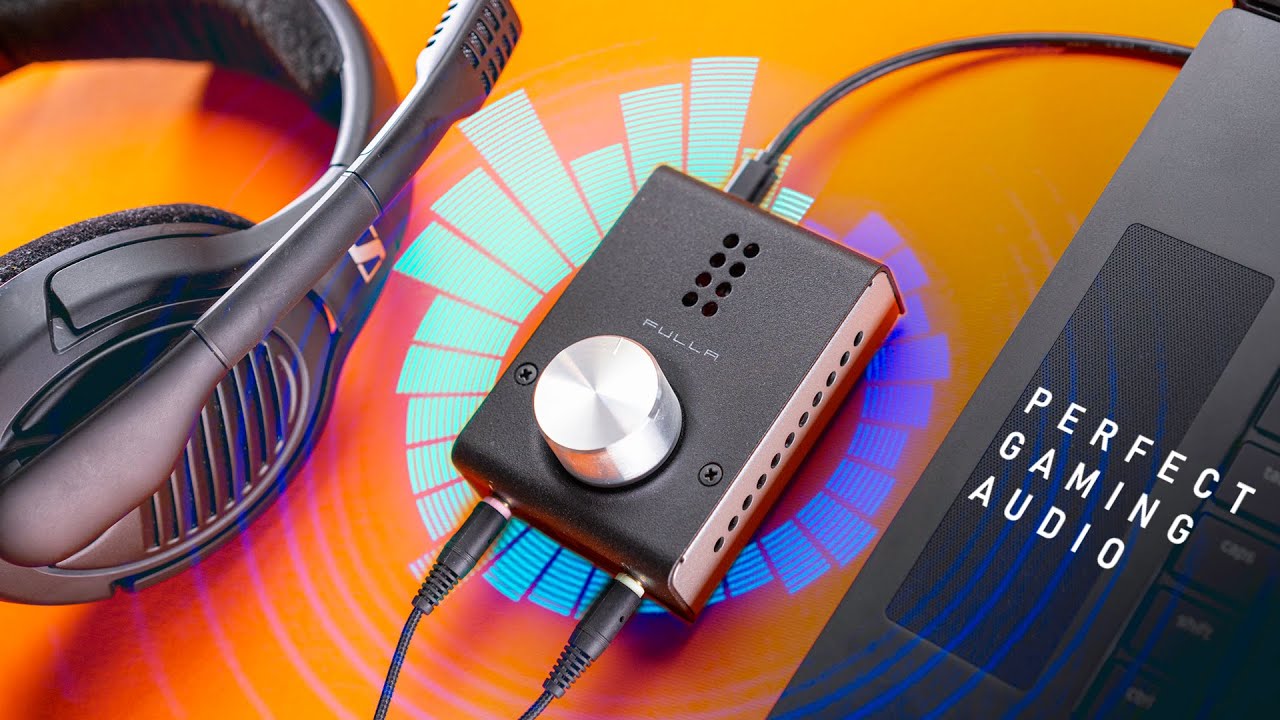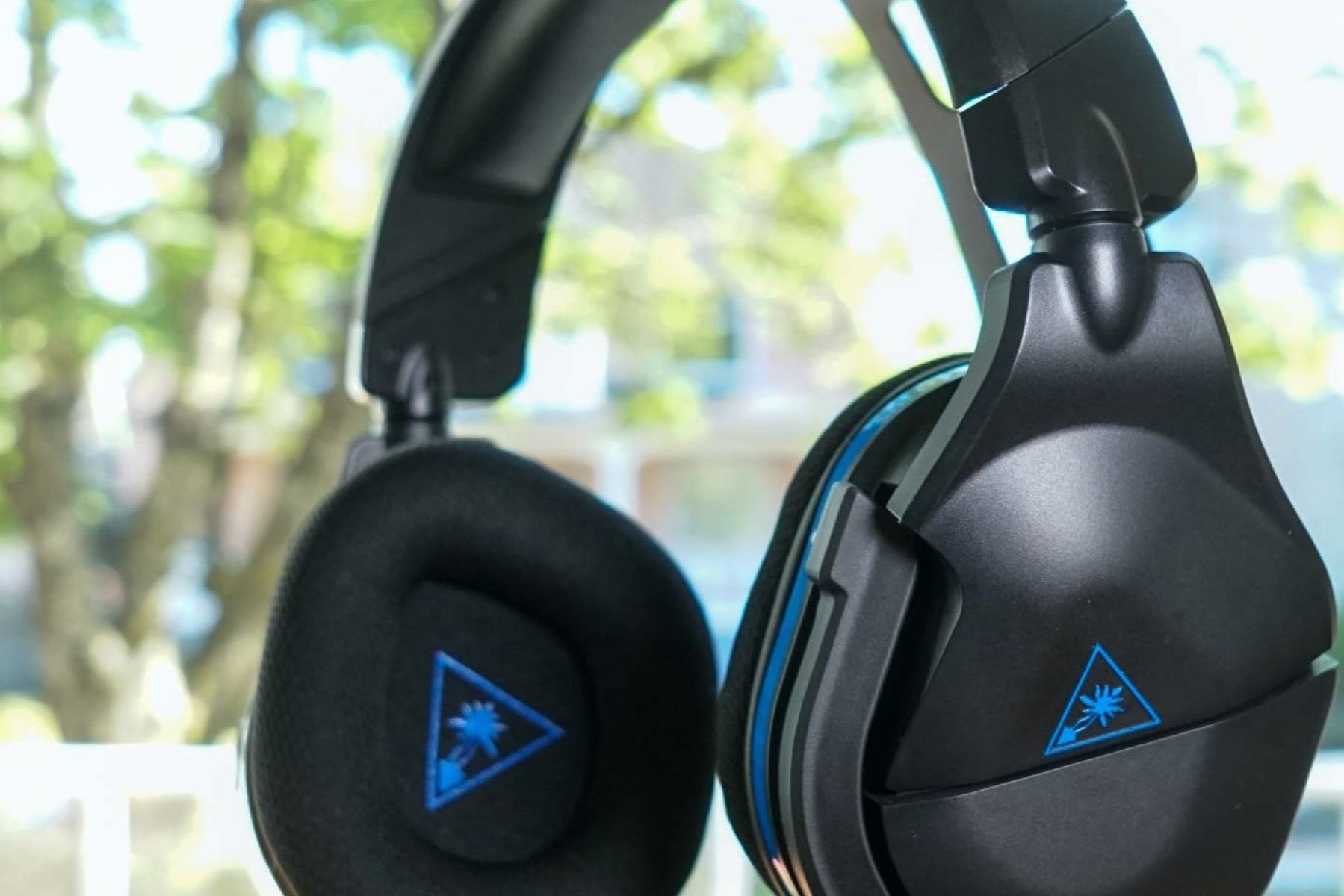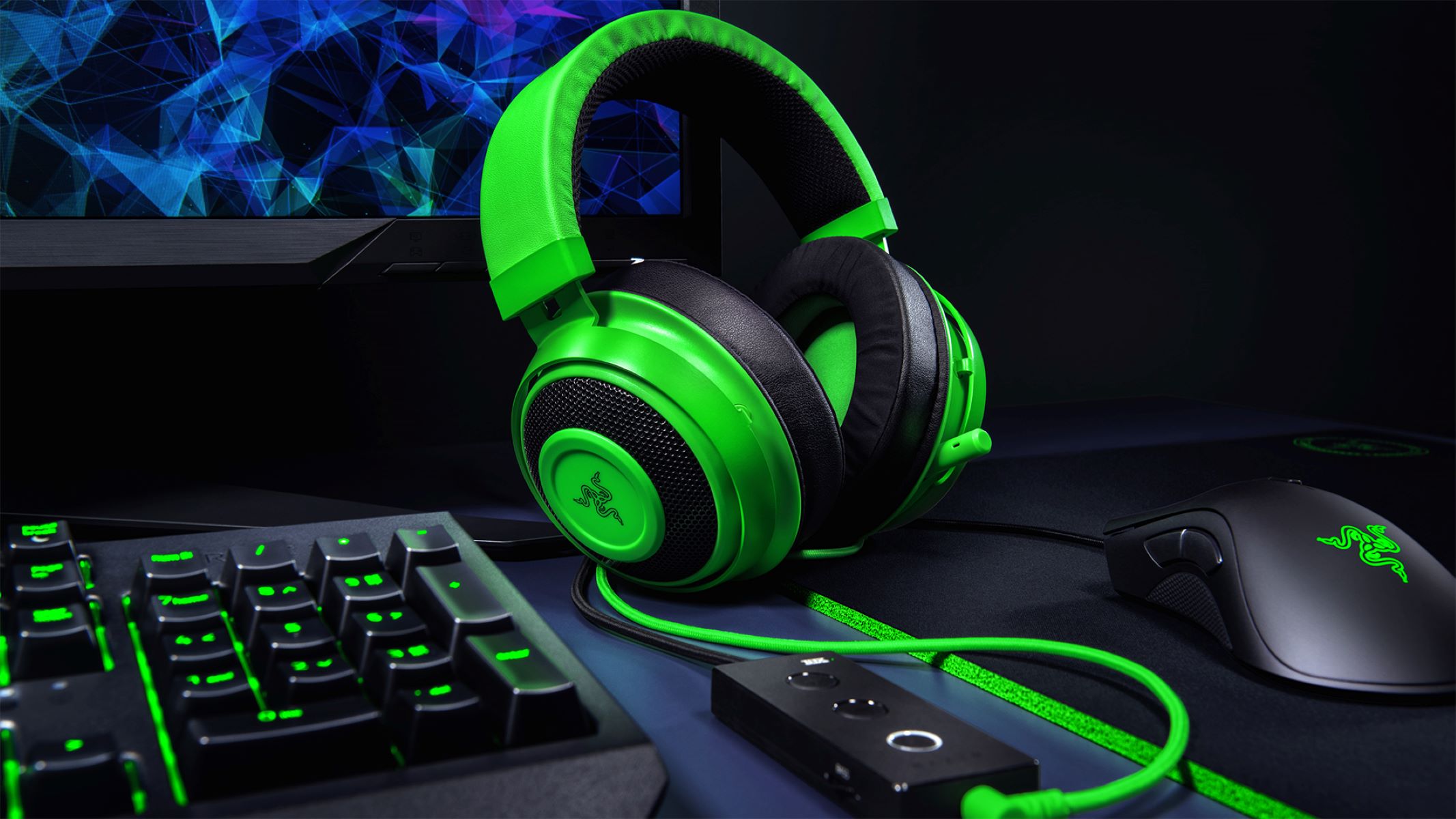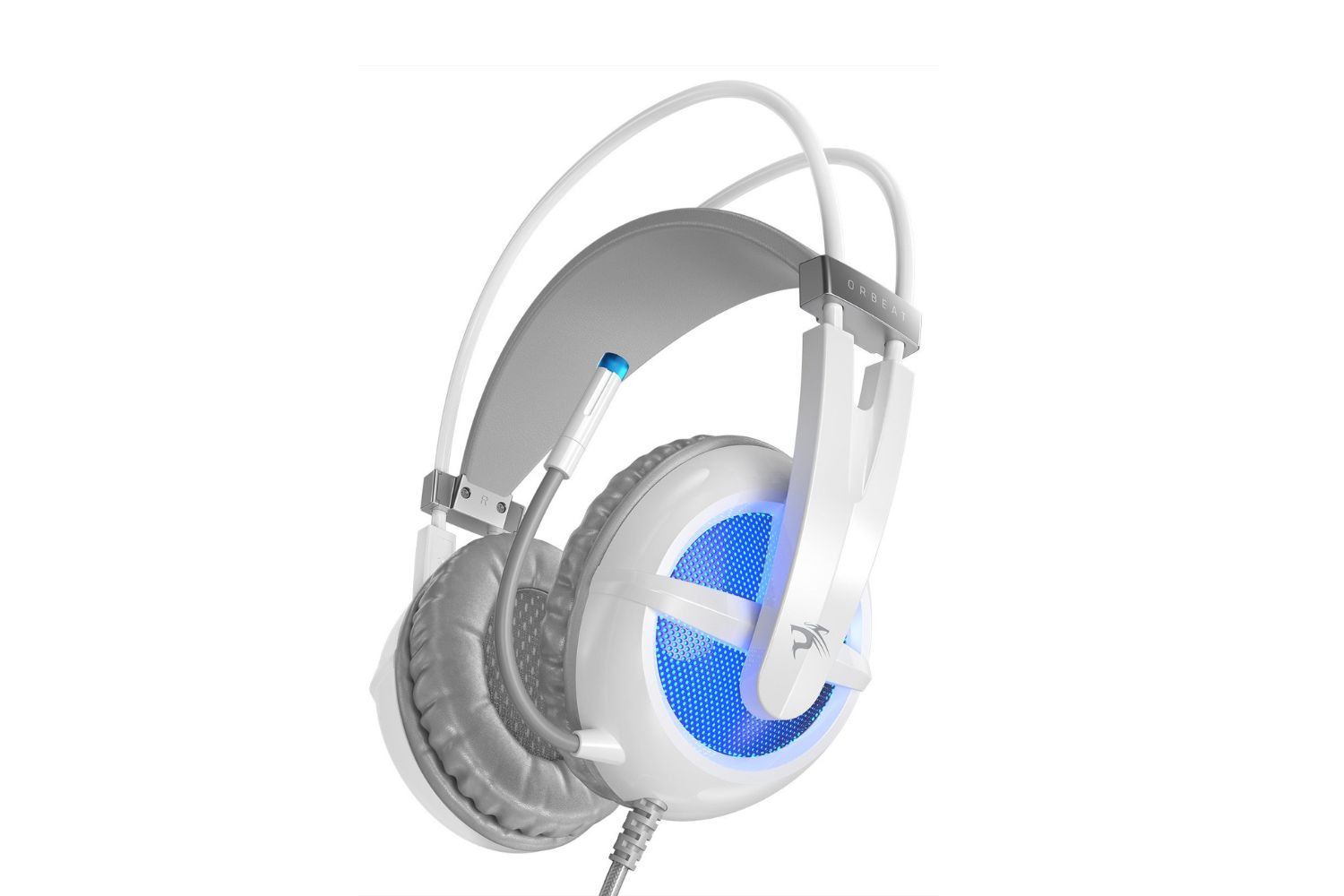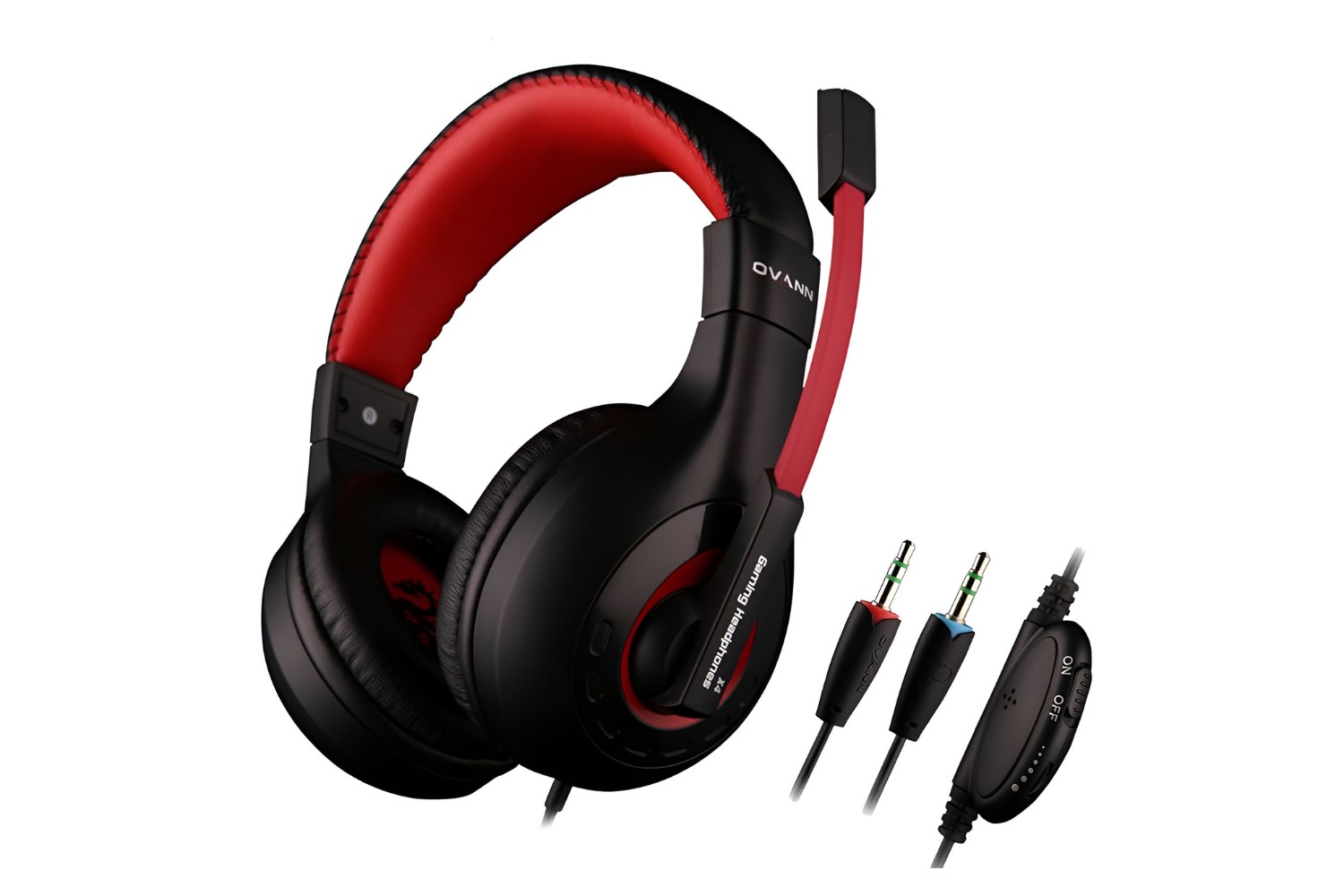Choosing the Right Headset
When it comes to setting up your PC for optimal performance, selecting the right headset is a crucial decision that can significantly impact your overall experience. With a multitude of options available in the market, it's essential to consider several factors to ensure you choose a headset that aligns with your specific needs and preferences.
Sound Quality
The first and foremost consideration when choosing a headset is sound quality. Look for a headset that offers high-fidelity audio reproduction, providing clear and immersive sound. This is particularly important for gamers and those who enjoy multimedia content, as it enhances the overall experience and allows for better spatial awareness in games.
Comfort and Fit
Comfort is paramount, especially if you anticipate long hours of use. Look for a headset with ample padding, adjustable headbands, and ear cups that provide a snug yet comfortable fit. Additionally, consider the weight of the headset to ensure it doesn't cause discomfort during extended wear.
Wired vs. Wireless
Consider whether you prefer a wired or wireless headset. Wired headsets are known for their reliable connection and consistent audio quality, making them ideal for competitive gaming or professional use. On the other hand, wireless headsets offer the freedom of movement and can reduce clutter around your PC setup.
Microphone Quality
If you engage in online gaming, video conferencing, or content creation, the quality of the microphone is crucial. Look for a headset with a noise-canceling microphone that captures clear and articulate voice transmission while minimizing background noise.
Compatibility
Ensure that the headset is compatible with your PC's audio interface. Whether it utilizes a USB connection, 3.5mm audio jack, or requires additional software, compatibility is key to seamless integration with your PC setup.
By carefully considering these factors, you can make an informed decision when choosing a headset that not only complements your PC setup but also enhances your overall audio experience. Selecting a high-quality headset tailored to your specific needs is a pivotal step in optimizing your PC for immersive audio performance.
Adjusting Headset Settings
Once you have selected the perfect headset for your PC setup, the next step is to ensure that its settings are optimized to deliver the best audio experience. Adjusting the headset settings involves fine-tuning various aspects to achieve optimal performance tailored to your preferences.
Equalizer Settings
Many modern headsets come with customizable equalizer settings, allowing you to adjust the audio frequencies to suit different types of content. For instance, if you are a gaming enthusiast, you might want to emphasize the low frequencies to enhance the impact of explosions and gunfire. On the other hand, for music enthusiasts, fine-tuning the equalizer to emphasize the mid and high frequencies can bring out the richness of vocals and instruments.
Volume and Balance
Adjusting the volume and balance settings is essential for achieving the perfect audio levels. When setting the volume, ensure that it is loud enough to immerse you in the audio experience without causing discomfort. Additionally, balancing the audio between the left and right channels ensures that the sound is evenly distributed, creating a more natural and immersive listening experience.
Surround Sound Configuration
For gamers and movie enthusiasts, enabling surround sound can significantly enhance the audio experience by providing spatial awareness and immersion. Many headsets come with virtual surround sound features that simulate a multi-speaker setup, allowing you to pinpoint the direction of in-game sounds or movie effects. Configuring the surround sound settings based on your specific preferences can elevate your overall audio experience to new heights.
Noise Cancellation
If your headset is equipped with noise-cancellation features, adjusting these settings can help minimize external distractions, allowing you to focus solely on the audio from your PC. Fine-tuning the noise-cancellation levels can be particularly beneficial in noisy environments, ensuring that you can fully immerse yourself in your chosen audio content without interruptions.
Customization Features
Explore any additional customization features that your headset may offer, such as voice modulation, ambient noise monitoring, or preset audio profiles. These features can add a personalized touch to your audio experience, allowing you to tailor the headset settings to your specific preferences and usage scenarios.
By paying attention to these headset settings and making the necessary adjustments, you can optimize the audio output to align with your unique preferences and elevate your overall PC experience. Fine-tuning the headset settings not only enhances the audio quality but also ensures that you can fully immerse yourself in your chosen content, whether it's gaming, music, movies, or communication.
Positioning the Microphone
Proper positioning of the microphone is essential to ensure clear and accurate voice transmission, especially during online gaming, virtual meetings, or content creation. By positioning the microphone correctly, you can optimize its performance and ensure that your voice is captured with clarity and precision.
Distance and Angle
When positioning the microphone, consider the ideal distance and angle for optimal voice capture. The microphone should be positioned approximately two to three inches away from your mouth to ensure clear and articulate voice transmission. Additionally, angling the microphone slightly upward toward the corner of your mouth can help minimize plosive sounds and enhance the overall clarity of your voice.
Pop Filter
Consider using a pop filter to further improve the microphone's performance. A pop filter helps reduce plosive sounds and minimizes the impact of air bursts when speaking into the microphone. By placing a pop filter in front of the microphone, you can effectively mitigate unwanted sounds, resulting in a cleaner and more professional voice transmission.
Background Noise Reduction
To minimize the impact of background noise, position the microphone away from sources of potential interference, such as fans, air conditioning units, or other electronic devices. Additionally, consider utilizing a microphone with built-in noise-cancellation features to further reduce ambient noise and ensure that your voice remains the primary focus during communication or content creation.
Stability and Adjustability
Ensure that the microphone is securely positioned and stable to prevent unwanted movement or vibrations that can affect voice clarity. Many microphones come with adjustable stands or mounting options, allowing you to position the microphone at the optimal height and angle for your specific setup. By taking advantage of these adjustability features, you can customize the microphone's position to suit your individual preferences and ensure consistent voice capture.
Test Recording
After positioning the microphone, perform a test recording to assess the quality of voice transmission. Listen for any unwanted background noise, muffled sounds, or inconsistencies in voice clarity. By conducting a test recording, you can make necessary adjustments to the microphone's position and settings to achieve the best possible voice capture quality.
By paying attention to the positioning of the microphone and implementing these considerations, you can optimize voice transmission and ensure that your communications, gaming experiences, and content creation endeavors are supported by clear and articulate audio. Properly positioning the microphone is a fundamental step in maximizing its performance and enhancing your overall PC setup for seamless and effective voice capture.
Configuring Audio Settings
Configuring audio settings is a crucial step in optimizing your headset for an immersive and personalized audio experience. By delving into the audio settings of your PC and the headset itself, you can fine-tune various parameters to align with your specific preferences and usage scenarios.
Audio Output Configuration
Begin by accessing the audio output settings on your PC. Adjust the default audio playback device to ensure that the sound is routed to your headset. Additionally, explore any advanced audio settings that may be available, such as audio enhancements or spatial sound features. These settings can significantly impact the overall audio quality and spatial awareness, especially in gaming and multimedia experiences.
Headset-specific Software
Many modern headsets come with dedicated software that allows for in-depth customization of audio settings. Install the accompanying software and explore the range of options available. This may include equalizer presets, surround sound configurations, and microphone settings. Take the time to experiment with different presets and configurations to find the optimal audio profile that suits your preferences.
Equalizer Customization
Utilize the equalizer settings to tailor the audio output to your specific preferences. Adjusting the equalizer allows you to emphasize or attenuate specific frequency ranges, catering to different types of content such as music, gaming, or movies. Experiment with different equalizer profiles to find the perfect balance that enhances the richness and clarity of the audio output.
Spatial Sound and Virtual Surround
If your headset supports spatial sound or virtual surround features, configure these settings to enhance spatial awareness and immersion. Virtual surround sound can simulate a multi-speaker setup, providing a more expansive and directional audio experience. Fine-tune these settings based on your usage scenarios, whether it's competitive gaming that requires precise audio localization or cinematic experiences that benefit from immersive surround sound.
Microphone Configuration
If your headset includes a microphone, explore the microphone settings to ensure optimal voice capture. Adjust the microphone gain, noise cancellation levels, and voice modulation features if available. These settings can significantly impact the clarity and accuracy of voice transmission, especially during online communication and content creation.
By delving into the audio settings of both your PC and the headset's dedicated software, you can customize the audio output to align with your preferences and usage scenarios. Configuring the audio settings not only enhances the overall audio quality but also ensures that your headset is optimized for a personalized and immersive audio experience tailored to your specific needs.
Testing and Fine-Tuning the Headset
After setting up your headset and adjusting its settings, it's essential to thoroughly test and fine-tune the audio output to ensure optimal performance and a personalized audio experience. This phase involves a series of tests and adjustments aimed at refining the headset's audio quality and ensuring that it aligns with your specific preferences and usage scenarios.
Sound Test
Begin by conducting a comprehensive sound test to evaluate the overall audio quality of the headset. Listen to various types of content, including music, gaming audio, and movie soundtracks, to gauge the headset's performance across different scenarios. Pay attention to the clarity of vocals, the richness of instrumentals, and the immersive impact of gaming audio. This initial sound test serves as a baseline for identifying areas that may require fine-tuning.
Equalizer Adjustment
Based on the results of the sound test, consider making adjustments to the equalizer settings to tailor the audio output to your preferences. Experiment with different equalizer presets or customize the equalizer manually to emphasize specific frequency ranges that enhance the overall audio experience. Fine-tuning the equalizer can bring out the nuances in music, amplify the impact of gaming audio, and optimize the clarity of dialogue in movies and videos.
Microphone Test
If your headset includes a microphone, perform a microphone test to ensure clear and articulate voice transmission. Record sample voice clips and assess the quality of the recorded audio, paying attention to background noise, voice clarity, and the impact of noise-cancellation features. Adjust the microphone settings based on the test results, fine-tuning the gain, noise cancellation levels, and voice modulation to achieve optimal voice capture.
Surround Sound Verification
For headsets equipped with virtual surround sound features, verify the effectiveness of the surround sound simulation by testing it with compatible content. Engage in gaming scenarios that require precise audio localization or immerse yourself in cinematic experiences to assess the spatial awareness and directional audio impact. Fine-tune the surround sound settings to achieve a balance between immersion and accuracy based on your specific usage scenarios.
Real-World Usage Evaluation
After conducting these tests and fine-tuning the headset, engage in real-world usage scenarios to validate the effectiveness of the adjustments. Whether it's participating in online gaming sessions, enjoying multimedia content, or engaging in virtual meetings, evaluate the headset's performance in real-time situations. Make note of any further adjustments that may be necessary based on the real-world usage experience.
By systematically testing and fine-tuning the headset, you can ensure that it delivers an optimized audio experience tailored to your preferences. These iterative tests and adjustments allow you to refine the headset's performance, enhance its compatibility with different types of content, and ultimately elevate your overall PC setup for immersive and personalized audio enjoyment.









